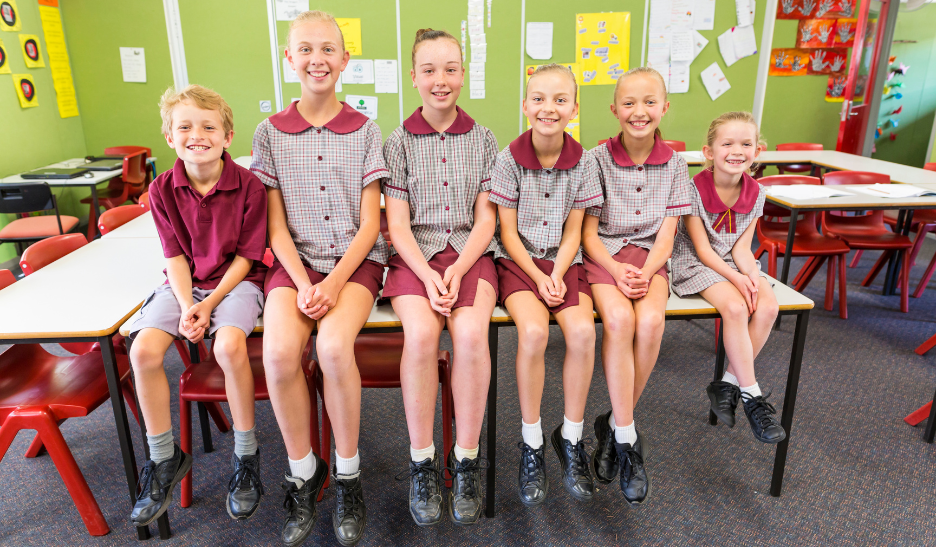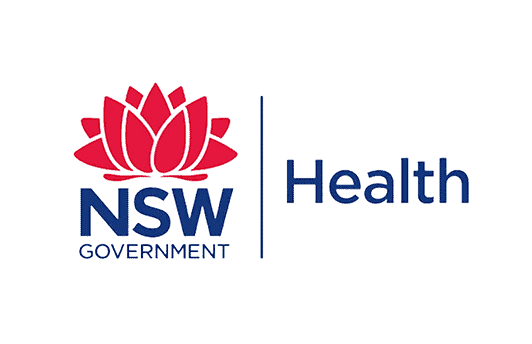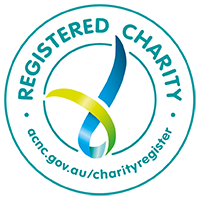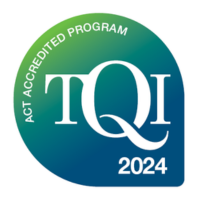Is your primary school running Peer Support this year? Our Wellbeing Education Consultant, Sophie Sedgwick, shares her insights on how to get the most out of your program.
Run your program in Term 2 or Term 3
Sophie recommends primary schools run the Peer Support Program in Term 2 or Term 3.
"This timing enables students, particularly your kindergarten kids, to settle into the school year,"she says. "But it also means they have time to benefit from, and deepen, the cross-grade relationships formed during the program."
Take the opportunity to build studen...
Login Now
Not a member?
Join Peer Support to access this content.




